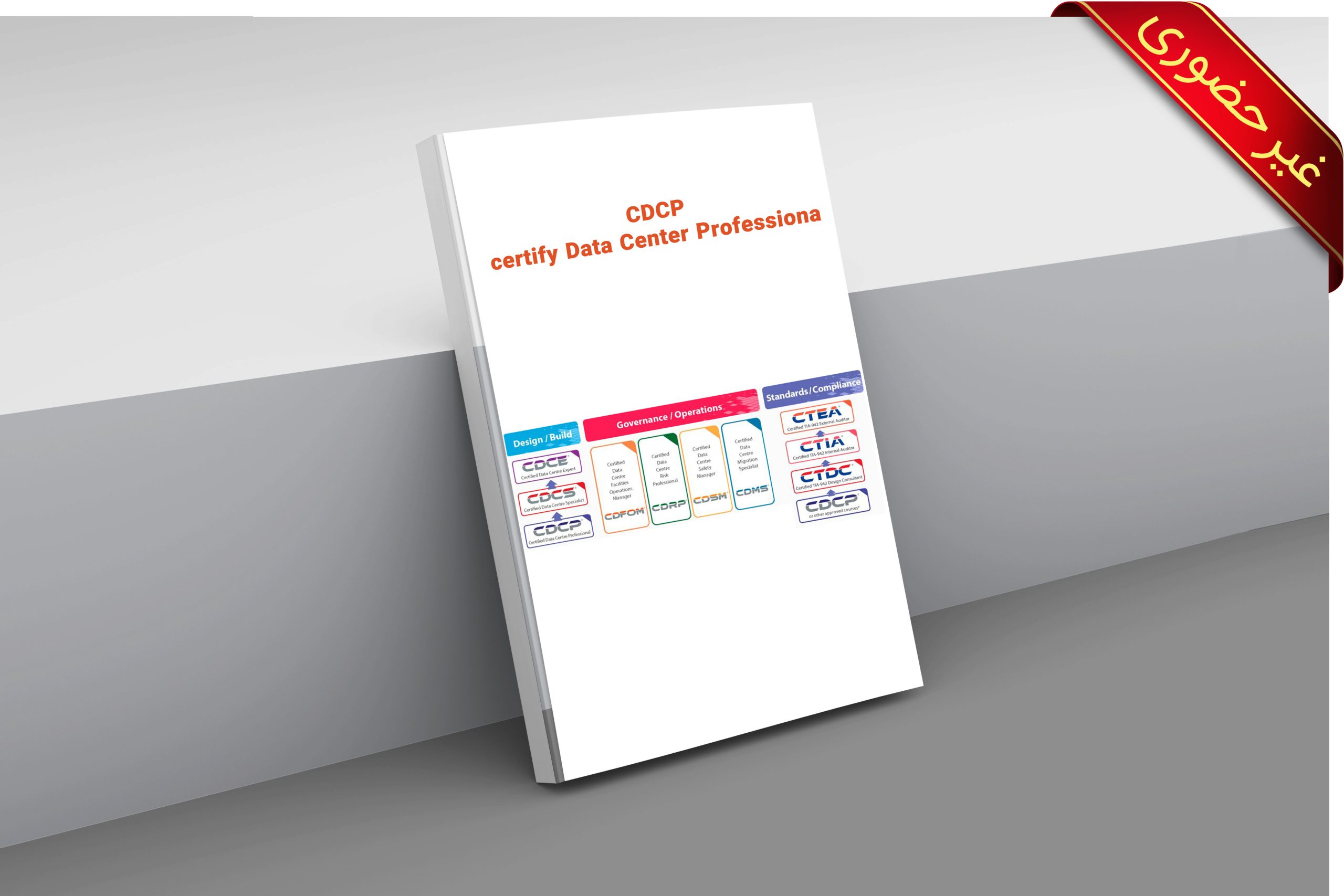شرکت دوره
به منظور ارسال درخواست ثبتنام، لطفا فرم زیر را با دقت تکمیل نمایید.
همکاران ما در اسرع وقت با شما تماس خواهند گرفت.


امروز سازمان ها برای ارائه خدمات حیاطی کسب و کار خود به مشتریان، وابستگی بیش از پیش به فناوری طالاعات (IT) پیدا نموده اند. بر این اساس می توان گفت ماموریت اصلی در مزاکر داده برای مرتبطین با آن طراحی، نگهداری و عملیاتی سازی این مراکز با نرخ بالا در حوزه ی دسترس پذیری، مدیریت ظرفیت، ایمنی، برآورده سازی اثر بخش الزامات و اثر بخشی عملیاتی در آن می باشد. همچنین تغییرات مداوم تکنولوژی نیز فشار زیادی را بر مدیران مراکز وارد کرده تا هر چه بیشتر بتوانند خود را در سریع ترین زمان ممکن با الزامات این تغییرات منطبق سازند. این دوره ی آموزشی “CDCP” با هدف اشنایی فراگیران با اجزای اصلی مراکز داده و چگونگی تنظیم و بهبود اجزا کلیدی آن همچون Power، Cooling، Security، cabling، safety، به جهت ارتقا راندمان عملکرد مورد طراحی و ارائه قرار گرفته است.
امروز سازمان ها برای ارائه خدمات حیاطی کسب و کار خود به مشتریان، وابستگی بیش از پیش به فناوری طالاعات (IT) پیدا نموده اند. بر این اساس می توان گفت ماموریت اصلی در مزاکر داده برای مرتبطین با آن طراحی، نگهداری و عملیاتی سازی این مراکز با نرخ بالا در حوزه ی دسترس پذیری، مدیریت ظرفیت، ایمنی، برآورده سازی اثر بخش الزامات و اثر بخشی عملیاتی در آن می باشد. همچنین تغییرات مداوم تکنولوژی نیز فشار زیادی را بر مدیران مراکز وارد کرده تا هر چه بیشتر بتوانند خود را در سریع ترین زمان ممکن با الزامات این تغییرات منطبق سازند. این دوره ی آموزشی “CDCP” با هدف اشنایی فراگیران با اجزای اصلی مراکز داده و چگونگی تنظیم و بهبود اجزا کلیدی آن همچون Power، Cooling، Security، cabling، safety، به جهت ارتقا راندمان عملکرد مورد طراحی و ارائه قرار گرفته است.
پیش نیاز ضروری برای این دوره وجود ندارد
The Data Centre, it’s Importance and Causes for Downtime
Data Centre Standards and Best Practice
Data Centre Location, Building and Construction
Raised Floor/Suspended Ceiling
Light
Power Infrastructure
Electro Magnetic Fields
Equipment Racks
Cooling Infrastructure
Water Supply
Designing a Scalable
Fire Safety/Protection
Physical Security and Safety
Auxiliary Systems
به شرکت کنندگان در این دوره ی آموزشی گواهی حضور از سوی شرکت IT HOUSE اعطا خواهد شد.
تماس بگیرید
زمان باقیمانده جهت ثبتنام
آموزش، مشاوره و ارزیابی استانداردها، چارچوبها
و بهروشهای حوزه مدیریت فناوری اطلاعات
به منظور ارسال درخواست ثبتنام، لطفا فرم زیر را با دقت تکمیل نمایید.
همکاران ما در اسرع وقت با شما تماس خواهند گرفت.
